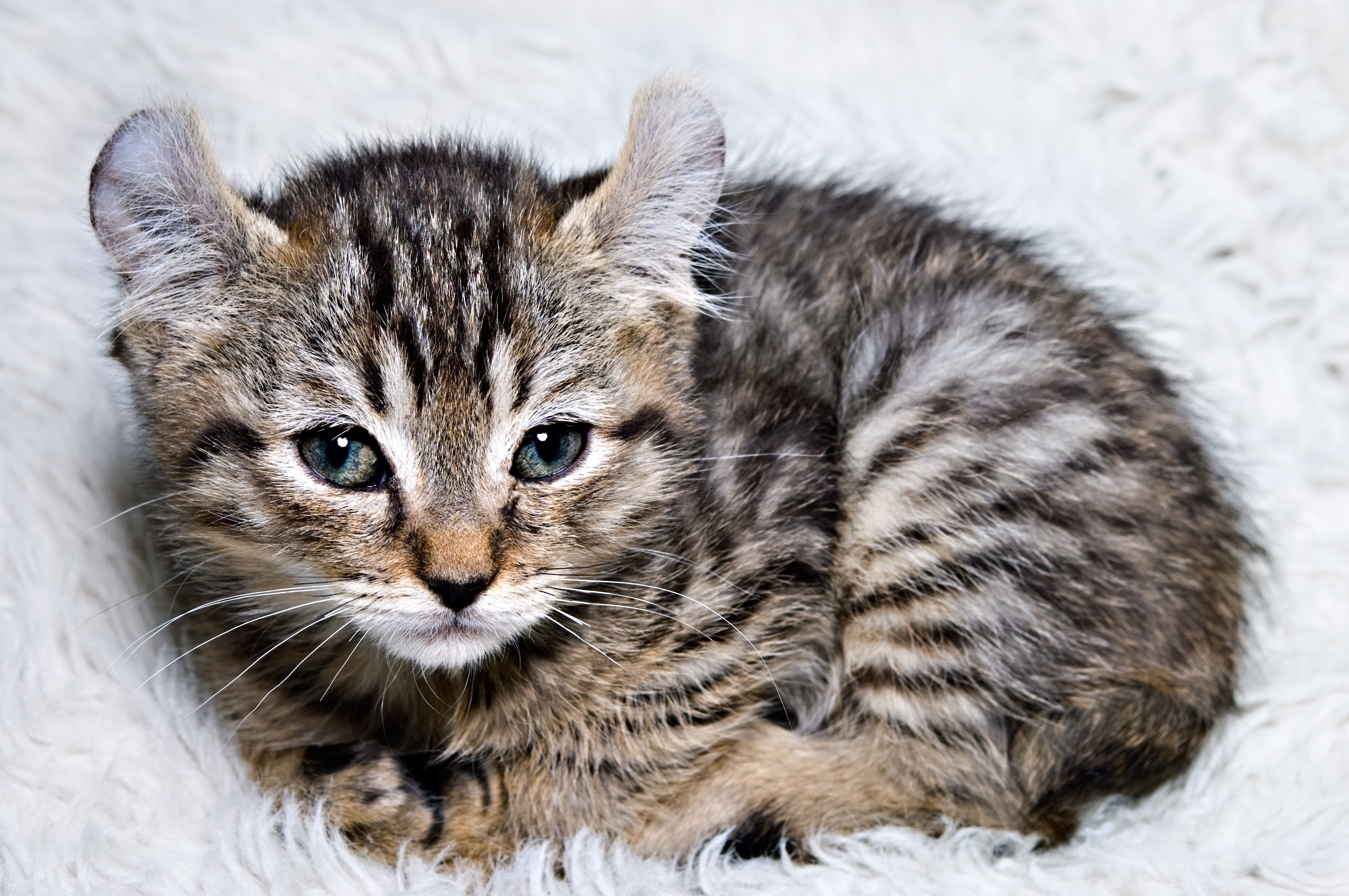Meet one of the world’s newest feline breeds: the Highlander cat. Breeding of these unusual-looking felines began in 2004. The goal? To craft a domestic cat that resembled big wild cats without the wild behavior.
The rest of this article is behind a paywall. Please sign in or subscribe to access the full content.
Originating as a cross between the Desert Lynx, a domesticated cat bred to resemble a bobcat, and the Jungle Curl, another domesticated breed with a wild nature and distinctive curled ears, breeding efforts sought to retain a “big cat” appearance, without the killer instincts of its wild relatives.
Highlander cats have a distinct appearance. They sport a muscular, athletic build, weighing between 4.5 and 9 kilograms (10 and 20 pounds), with males growing slightly larger than females. Their hefty build makes them one of the top contenders for the largest domestic cat breeds, beaten only by the considerably dense Maine coon, which weighs between 8 and 10 kilograms (18 and 22 pounds) on average.
Atop their muscular body sits a long head with a wide nose and boxy muzzle. But here’s where things get weird – the top third of each ear curls backwards, and they have a naturally short or completely bobbed tail. Some can even be born with extra toes – a trait known as polydactylism.
While their grand stature may give them an intimidating appearance, The International Cat Association (TICA), the world’s largest pedigree cat registry, describes them as “the clowns of the cat fancy”. They’re playful, love human company, will show off to visitors, and even greet you at the front door.

This tiny furball could end up weighing as much as a Dachshund.
Image credit: SUSAN LEGGETT / Shutterstock.com
With an increase in popularity for owning pedigree cat breeds, it’s clear why steps towards recognizing the Highland cat are crucial to breeders. Since breeding began in 2004, and the Highlander cat name was settled on in 2005, it wasn’t until 2008 that the breed entered TICA’s Preliminary New Breed class. Now, Highlanders are recognised as an Advanced New Breed by TICA, making them one of the newest advanced cat breeds.
Efforts to establish a breed standard for Highlander cats are ongoing, and even basic breed traits are still unlisted on the TICA website. Other large registries like the UK’s Governing Council of the Cat Fancy (GCCF) have Highlanders listed under “Unrecognised Breeds”, citing “possible health & care risks” due to a “mix of breeds, including wild species ancestors”.
So, it appears there’s still some way to go before Highlanders are recognised globally as a household staple, but it’s arguably worth the wait.
Source Link: Part Desert Lynx, Part Jungle Curl: Meet The New Highlander Cat